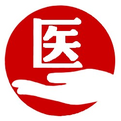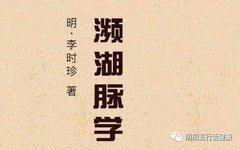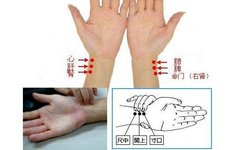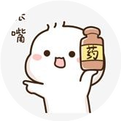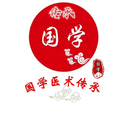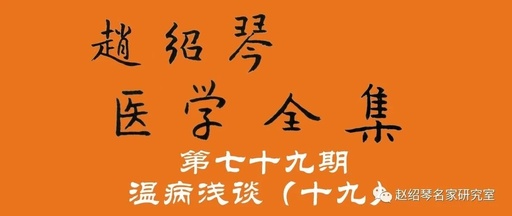Collection of Pulse Diagnosis Verses from “Binhuhuaixue”
1. Floating Pulse (Fu Mai) The floating pulse is strong when lifted and weak when pressed down (from “Pulse Classic”). It resembles the feathers on a bird’s back blown by a gentle breeze, light and floating (lightly floating appearance), like following the elm pods (from “Suwen”), like wood floating on water (Cui’s description), like twisting … Read more

